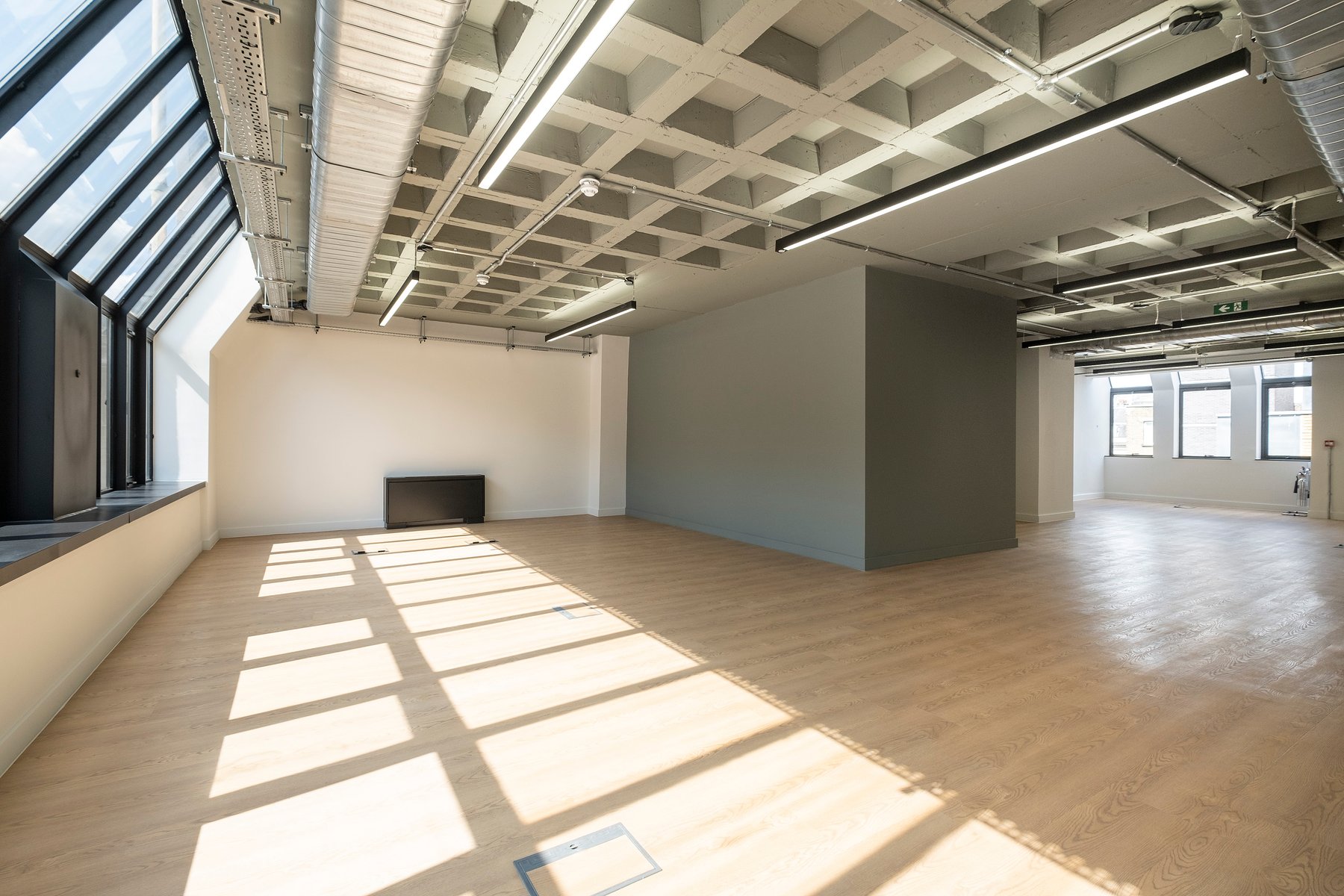Part L energy requirements.
Lighting 6.59
Any fixed lighting should achieve levels of illumination appropriate to the activity in the space. Spaces should not be over-illuminated. Lighting should be designed based on CIBSE’s SLL Lighting Handbook or an equivalent design guide.
NOTE: For smaller spaces where total lighting power is likely to be low (toilets, store rooms etc.) there is no expectation that lighting calculations should be produced.
Lighting 6.60
Lighting should observe the following:
-
If it is general lighting, either have an average luminaire efficacy of 95 luminaire lumens per circuit-watt OR the Lighting Energy Numeric Indicator (LENI) method, following Appendix B.
-
If it is display lighting, any of the following; have an average light source efficacy of 80 light source lumens per circuit-watt OR have a rated power usage no greater than 0.3W/m2 in each space OR the LENI method, following Appendix B.
-
For high excitation purity light sources, an average light source efficacy of 65 light source lumens per circuit-watt.
NOTE: This approved document does not include minimum standards for specialist lighting, such as theatrical spotlights, stage lighting, gobo projectors or wall-washers.
Lighting 6.61
General lighting and display lighting should be metered by one of the following methods.
-
Dedicated lighting circuits with a kWh meter for each circuit.
-
Local power meter coupled to or integrated in the lighting controllers of a lighting management system.
-
A lighting management system that can both calculate the consumed energy and make this information available to a building management system.
Lighting Controls 6.62
Lighting controls in new and existing buildings should follow the guidance in the Building Research Establishment’s Digest 498.
Lighting Controls 6.63
Unoccupied spaces should have automatic controls to turn the general lighting off when the space is not in use (e.g. through presence detection). Occupied spaces should have automatic controls where suitable for the use of the space.

Lighting Controls 6.64
General lighting in occupied spaces should have daylight controls (e.g. photo-switching and dimming) for parts of the space which are likely to receive high levels of natural light.
Lighting Controls 6.65
Display lighting should be controlled on dedicated circuits that can be switched separately from those for lighting provided for general illuminance.
At 299, we make sure that all our luminaires designed for general lighting are Part L compliant. Every product in our range is supported by a data sheet, installation materials, photometric files and BIM files. View our range of linear lighting, track lighting, downlights and more commercial luminaires here.
For further information or any assistance on Part L compliance please contact our Lighting Design department.
All our products are Part L compliant.
We make sure that all our products are achieving high figures when it comes to energy efficiency. Take a look at our product range or book a consultation with our lighting engineers to guide you through the selection.

